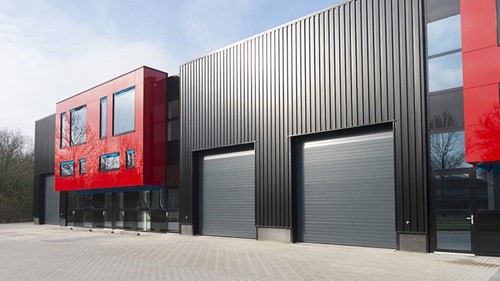Student accommodation providers learning lessons
Some harsh lessons have been dealt to the student accommodation sector, with international border closures delivering a sharp fall in occupancy rates.
Some harsh lessons have been dealt to the student accommodation sector, with international border closures delivering a sharp fall in occupancy rates.
Purpose Built Student Accommodation operators were reporting near record occupancies ahead of the 2020 academic year getting underway.
Most accommodation providers nationally have reported a fall in occupancy levels, and income, of 20 to 50 per cent. With student rental demand very low at the moment, that is having an impact on inner-city rental markets.
Several major projects have been shelved or delayed as demand for student accommodation dries up but others have pushed on regardless.
GPT Group has put two major development projects in Sydney and Melbourne into indefinite hibernation, although they were also influenced by retail and office demand.
Listed property group Mirvac and developer John Holland are pushing ahead with a five tower precinct above Sydney’s planned metro railway station in inner-city Waterloo, appointing student accommodation operator Iglu to run a tower for 500 students.
The Waterloo concept comprises high-rise offices and residential apartments, with a retail element as well as student and social housing.
In a statement on the company’s website, Mirvac chief executive Susan Lloyd-Hurwitz said Waterloo is “a once-in-a-generation opportunity to drive genuine social renewal”.
Student accommodation group Iglu is also working on a new tower in Melbourne’s CBD.
Iglu, which already has two Melbourne accommodation facilities - one in Franklin Street and another in South Yarra, will demolish 274 and 276-284 Russell Street and start work on a 28-storey 374-bed tower.
Legal minefield
Universities have been at the forefront of taking measures to stop the spread of the virus. This included closing campuses, moving to online learning and often encouraging student accommodation residents to return to their homes, with universities wanting flexibility to temporarily re-purpose student accommodation facilities.
Universities have for many years welcomed a large cohort of international students, including many Chinese who were prohibited from travelling and resuming or starting their studies in Australia. In conjunction with lost student fees, accommodation investments have also disrupted the balance sheet.
According to law firm MinterEllison, the contracts in place for PBSA projects do not typically give universities flexibility to take action to soften their losses, in light of the current crisis, without incurring heavy financial penalties.
“This is because in the usual PBSA investment model, investors have paid an upfront amount to the university for the rental PBSA revenue stream and rely on the university to manage students in their accommodation portfolio to maintain the project's revenue,” Paul Paxton, Head of Finance, wrote in his company’s blog.
For the universities, and ultimately the viability of their student accommodation projects, much rests on whether the COVID-19 crisis is deemed a Force Majeure that would allow them to be discharged from contractual obligations.
Mr Paxton wrote that, ultimately, all the stakeholders in student accommodation projects might need to take share the pain when resolving how projects could remain on foot during the crisis.
“In many cases this means looking past existing contractual mechanics and creating arrangements that are more tailored to this unprecedented situation - and which accept the reality that collaboration and a mutual sharing of the impacts of this crisis are in the long term interests of all the parties.”
Recovery
Student housing has been one of the strongest performers for commercial property investors.
Many older-style buildings once earmarked for office or residential developments have been snapped up for student housing to meet what had been a burgeoning sector.
International education was worth more than $40 billion annually to the Australian economy, but that has plummeted since the pandemic took hold. A mere 30 students arrived on a temporary student visa in April 2020, down 99.9 per cent on the corresponding month last year.
Investors in student accommodation, whether institutional or individual, will be relying on Australia’s track record in combatting the virus and creating a safe environment to be a lure for international students when the travel restrictions eventually lift.




















